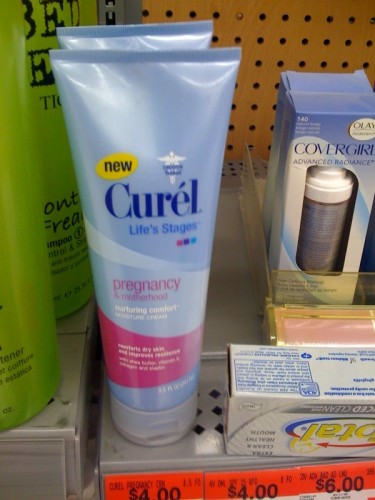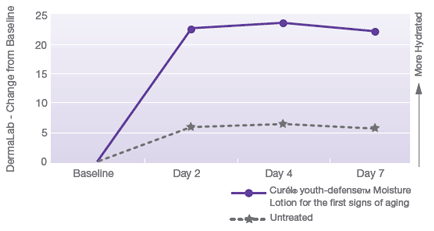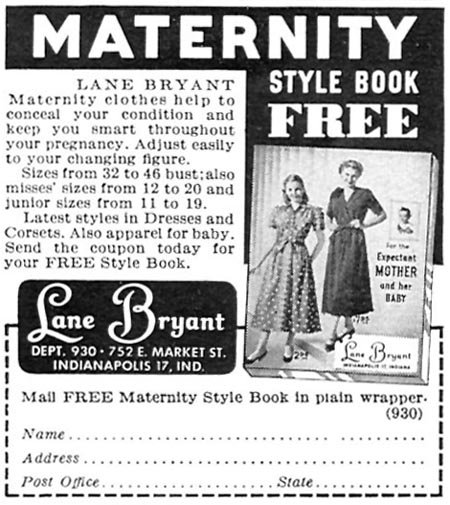Not too long ago, we posted about Dora the Explorer’s makeover. Everyone was talking about it and lots of people felt that it signified a disinterest in strong role models for girls (Dora being one of the only ones out there), in favor of pretty ones.
A recent post at Vintage Ads reminds us that taking strong female characters and subjecting them to trivializing beauty regimes is nothing new. Enjoy this ad for the Bionic Woman Beauty Salon:
—————————
Lisa Wade is a professor of sociology at Occidental College. You can follow her on Twitter and Facebook.


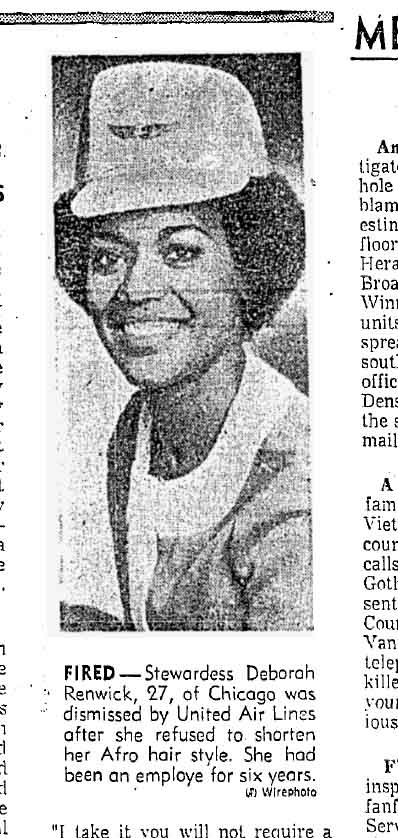
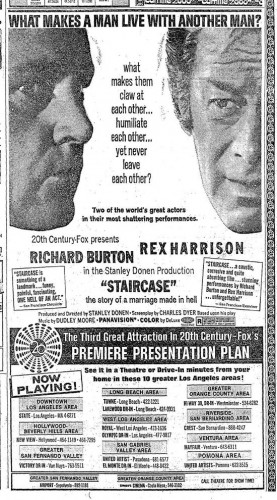
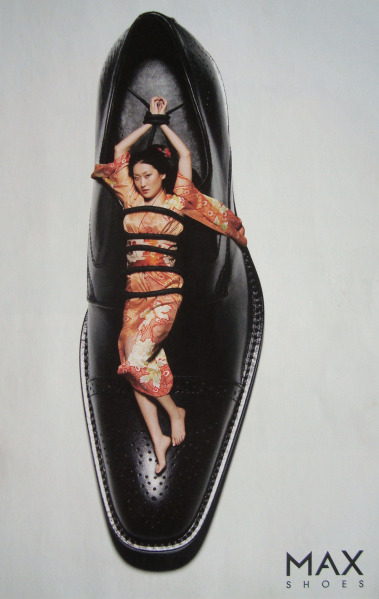
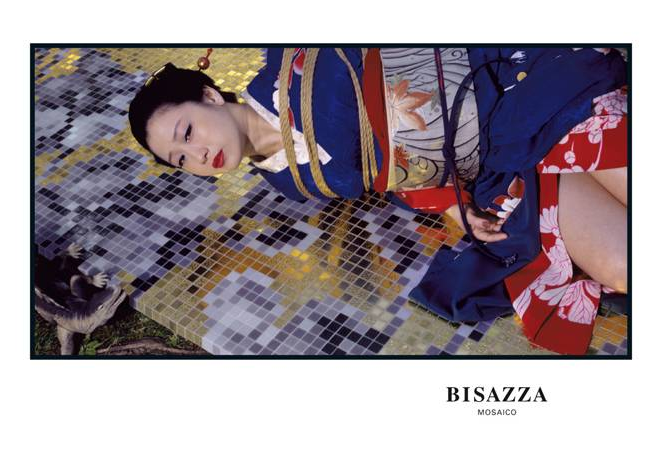
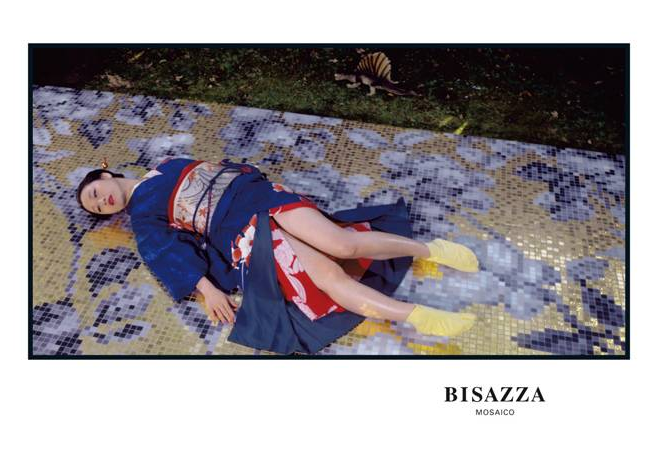 Both via Copyranter (
Both via Copyranter (
